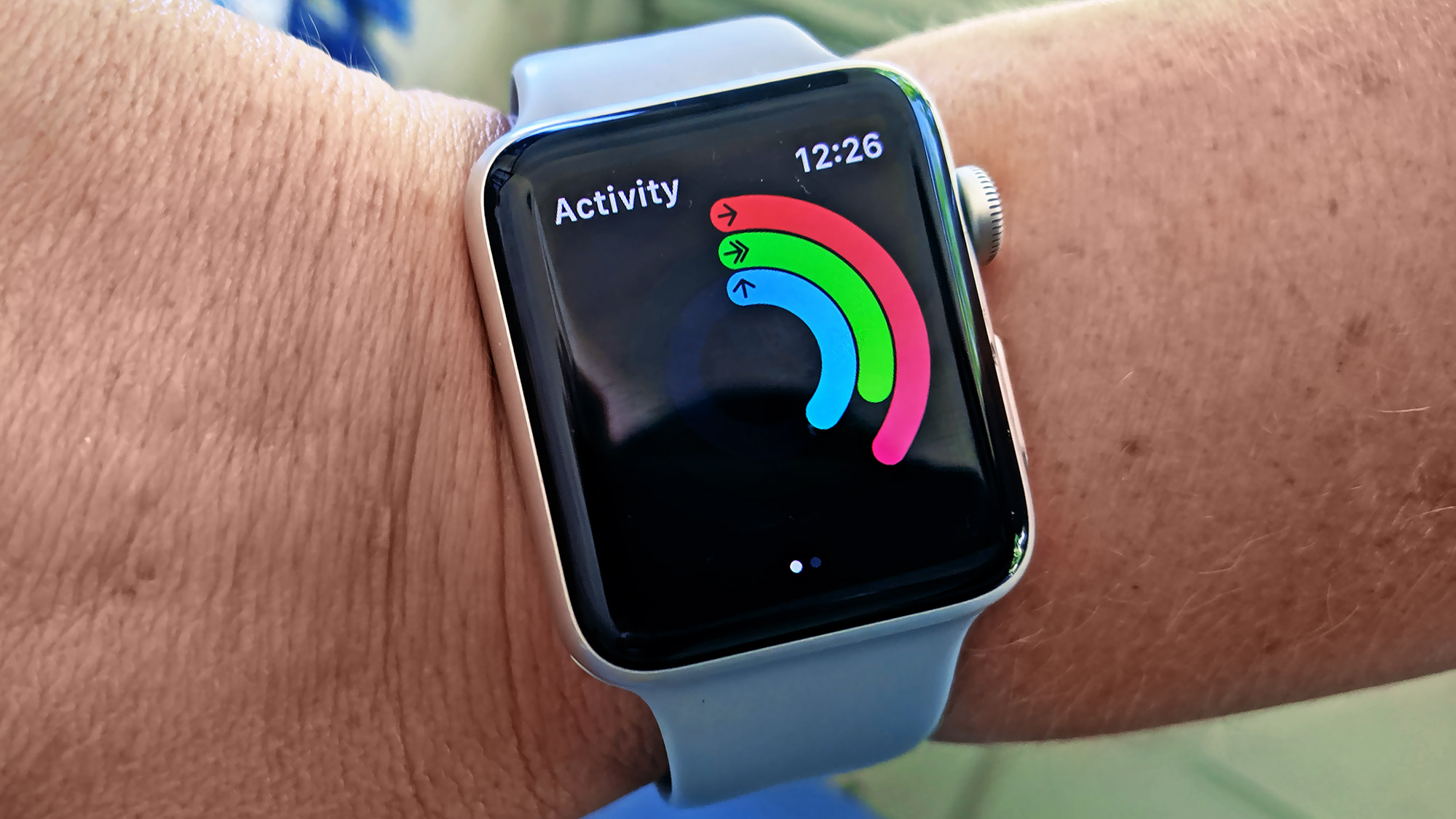10 vegetables you can grow in pots
Grow healthy organic vegetables in pots no matter how much space you have
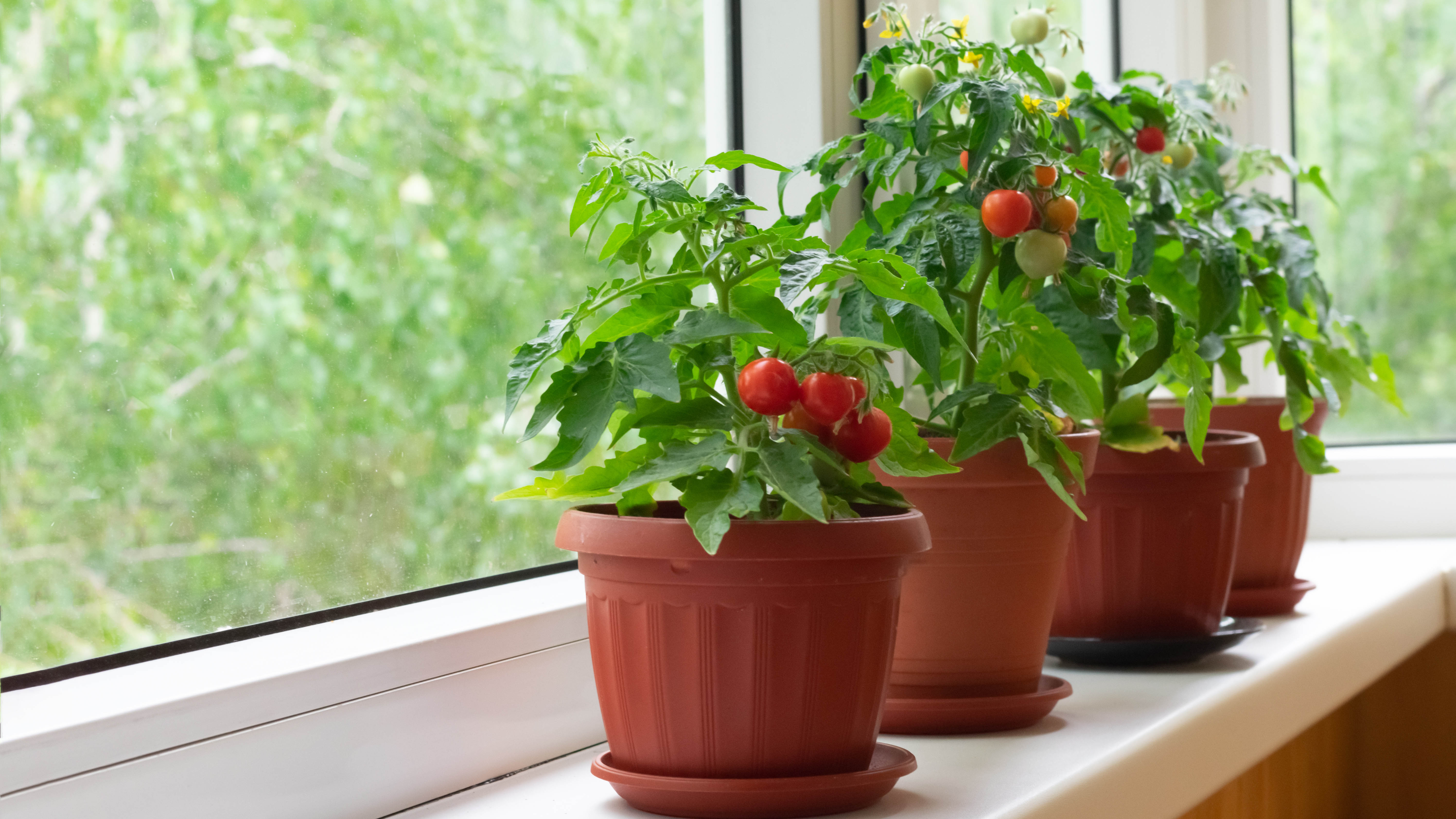
If you’ve got a small backyard or balcony, don’t let this put you off growing your own fresh produce. There are plenty of vegetables that’ll not only survive, but thrive when grown in pots. And even if you have a larger garden, growing veggies in pots allows you to tend to them easily, keep weeds at bay and control the soil type.
Keep in mind that some need larger or deeper pots than others, so if your space is super restricted, you may have to be more selective about what you choose from the list. But don’t be intimidated, give it a go and soon you could be rewarded with fresh organic produce that not only tastes great, but saves a few dollars at the grocery store too.
And if you’re new to growing your own food, here are the 9 easiest vegetables to grow for beginners and 5 vegetable seeds to sow in May. Plus, here are the 5 best trees to grow in containers and 7 best vegetables to grow indoors.
1. Chili peppers and sweet peppers
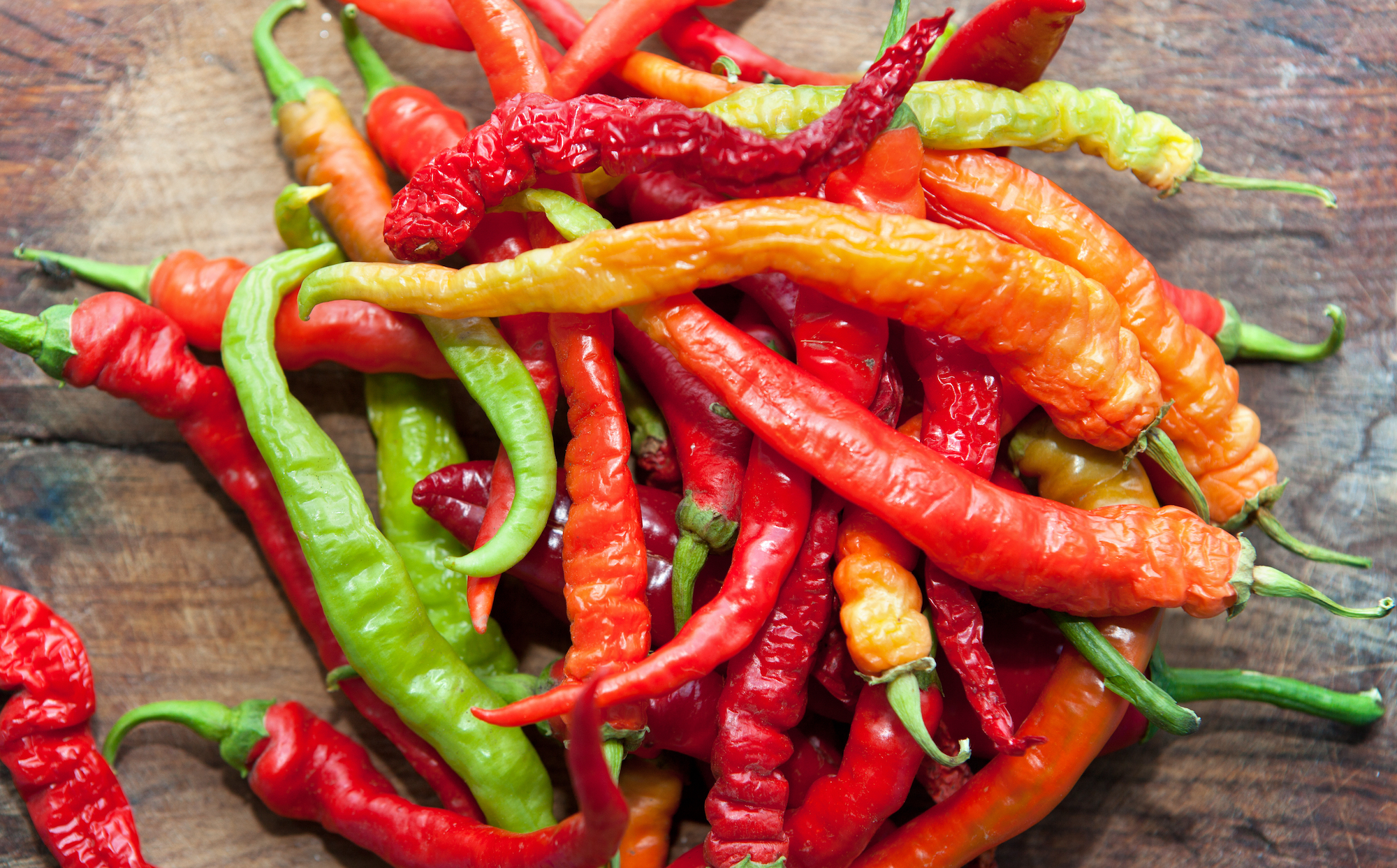
Smaller varieties will work best in pots, so choose chili peppers and snack size peppers over larger varieties like bell peppers. There are so many varieties to choose from, you’ll be spoilt for choice.
Peppers need plenty of sun, so be sure to choose a sunny spot to avoid disappointing results. And keep the plant well watered. The vibrant color and distinctive shapes of the growing peppers will be a beautiful addition to your outside space.
2. Lettuce and salad leaves
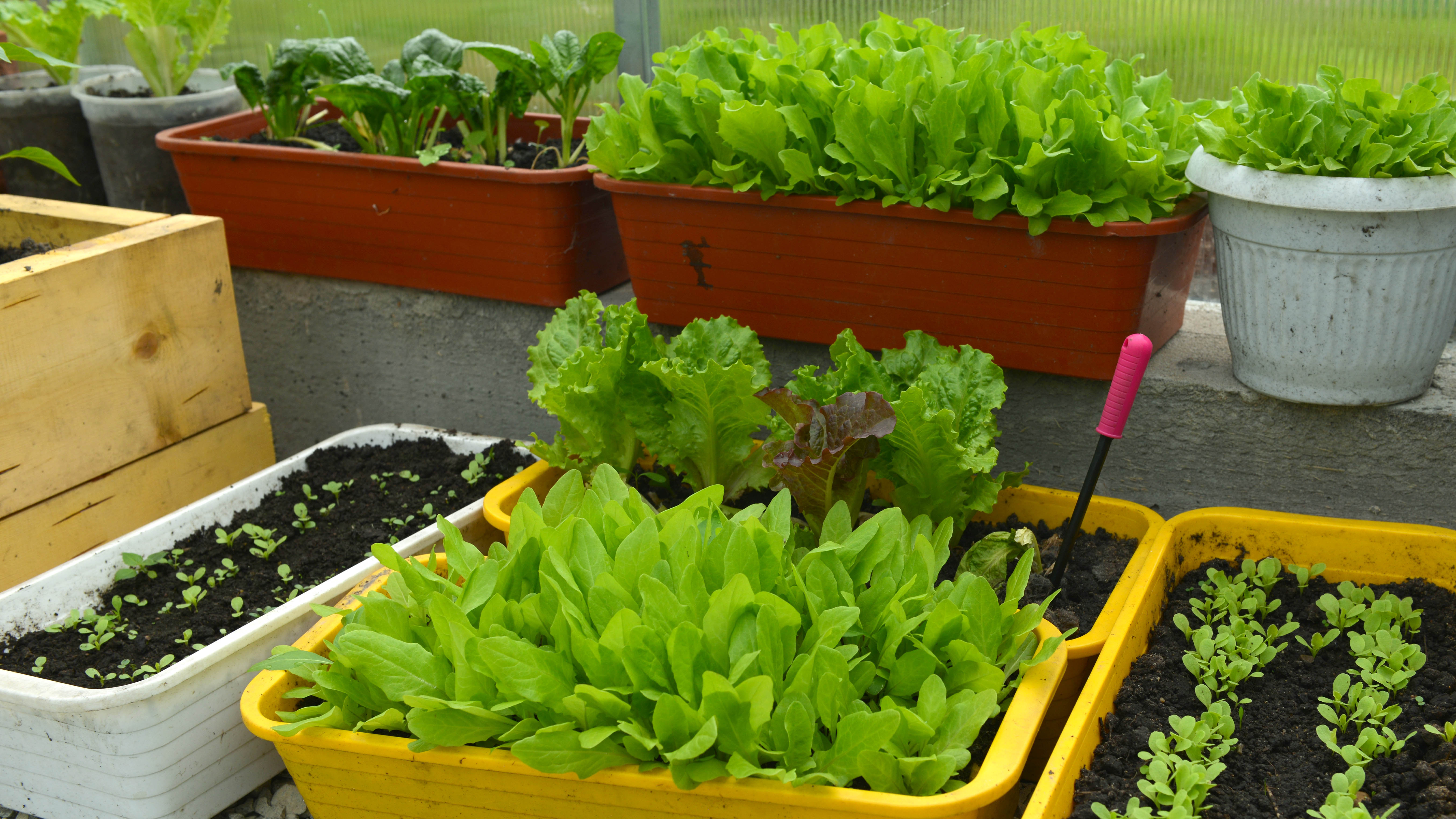
Leaf lettuce is a great choice because you can harvest it a few leaves at a time and it’ll keep growing back. The shallow roots mean it doesn’t need a very deep pot. But if you’ve got space for long or wide pots, you can grow a few different varieties for the ultimate mixed leaf salad.
Lettuce likes sun but most varieties will grow best in partially shady spots, especially if you live in an area that gets intensely hot summers. And don’t let the soil dry out, lettuce leaves need plenty of moisture to grow well.
Sign up to get the BEST of Tom's Guide direct to your inbox.
Get instant access to breaking news, the hottest reviews, great deals and helpful tips.
3. Tomatoes
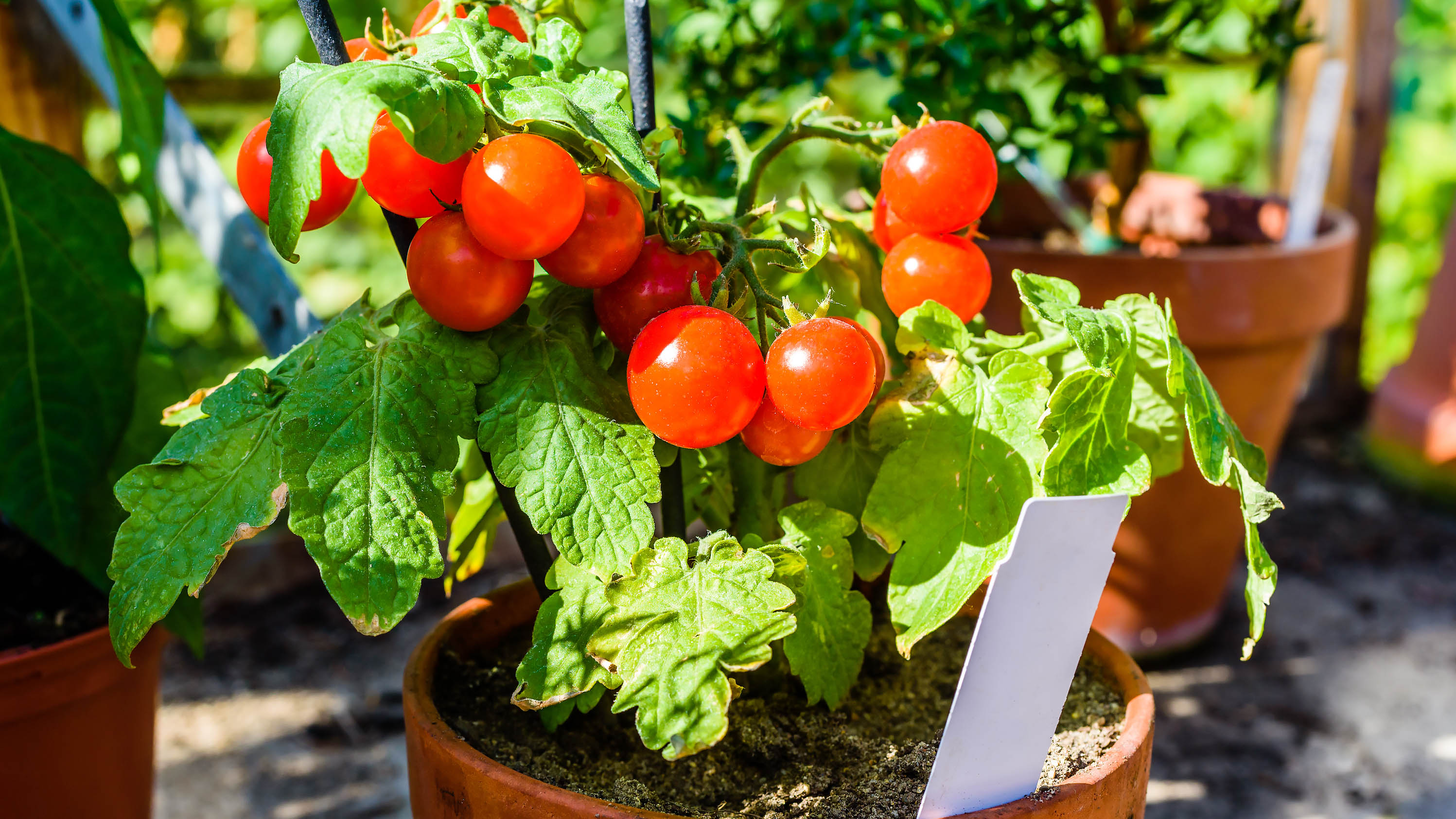
Growing tomatoes is easy and rewarding, but for an abundant crop these plants need sun and water. They do well in pots and containers, but can grow very tall, requiring stakes or canes to support the stem. So if you don’t have much vertical space, pick the bushier small fruited tomato varieties.
As well as water and sun, tomato plants need feeding every couple of weeks. There are plenty of readily available tomato feed products, just be sure to follow the instructions on the label.
For more top tips, check out how to grow tomatoes in pots, just avoid these 7 growing mistakes.
4. Cucumbers
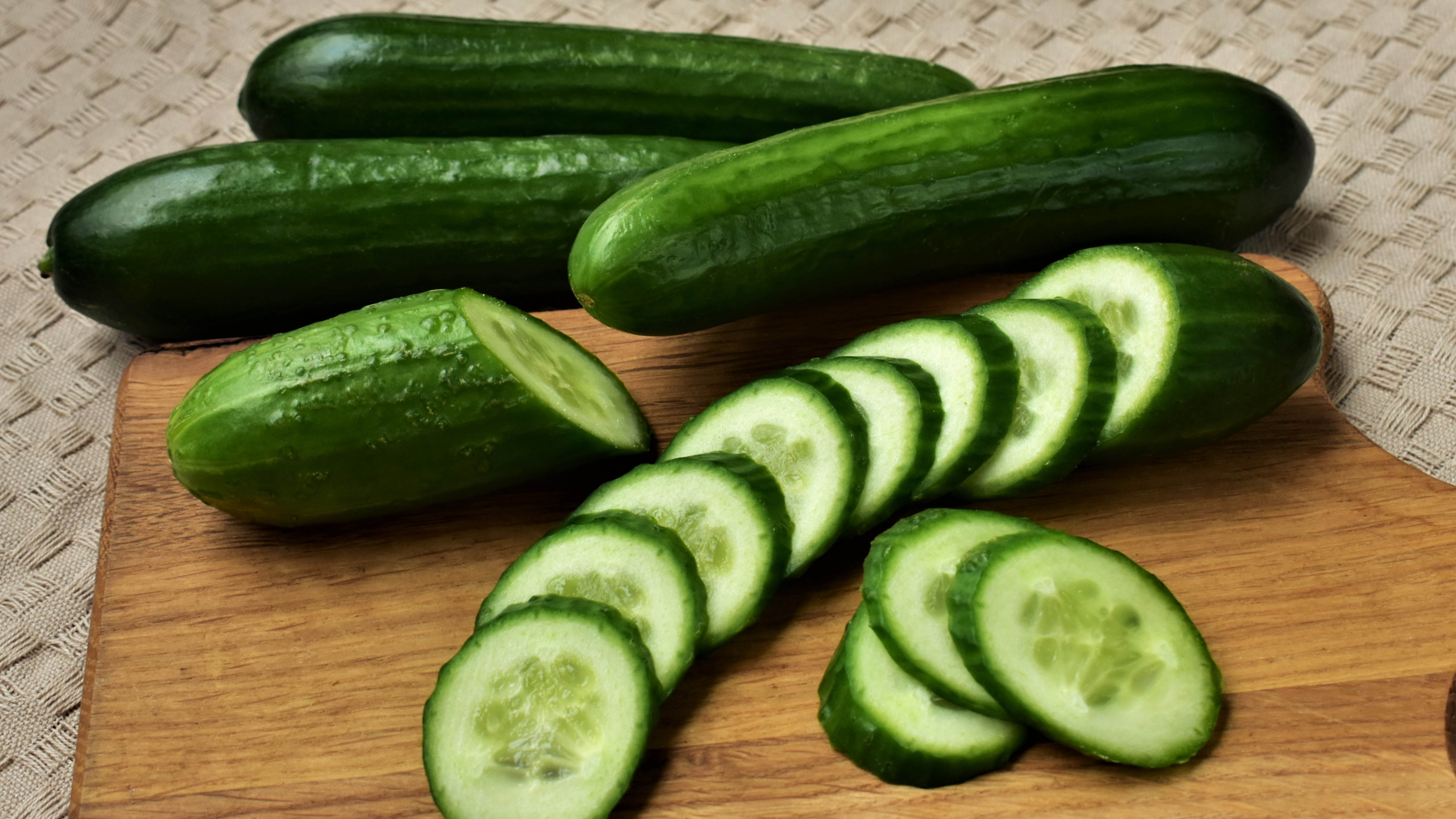
Think of cucumber like a vine, the plant will need something like a trellis to climb. Even the more compact, bushy varieties need space and you can either allow them to cascade over the edge of larger pots or train them to grow vertically. They have extensive root systems so thrive in larger pots.
Cucumbers like warmth, sunshine, and consistent soil moisture, but if you can get it right, you’ll be harvesting them all summer long.
5. Radishes
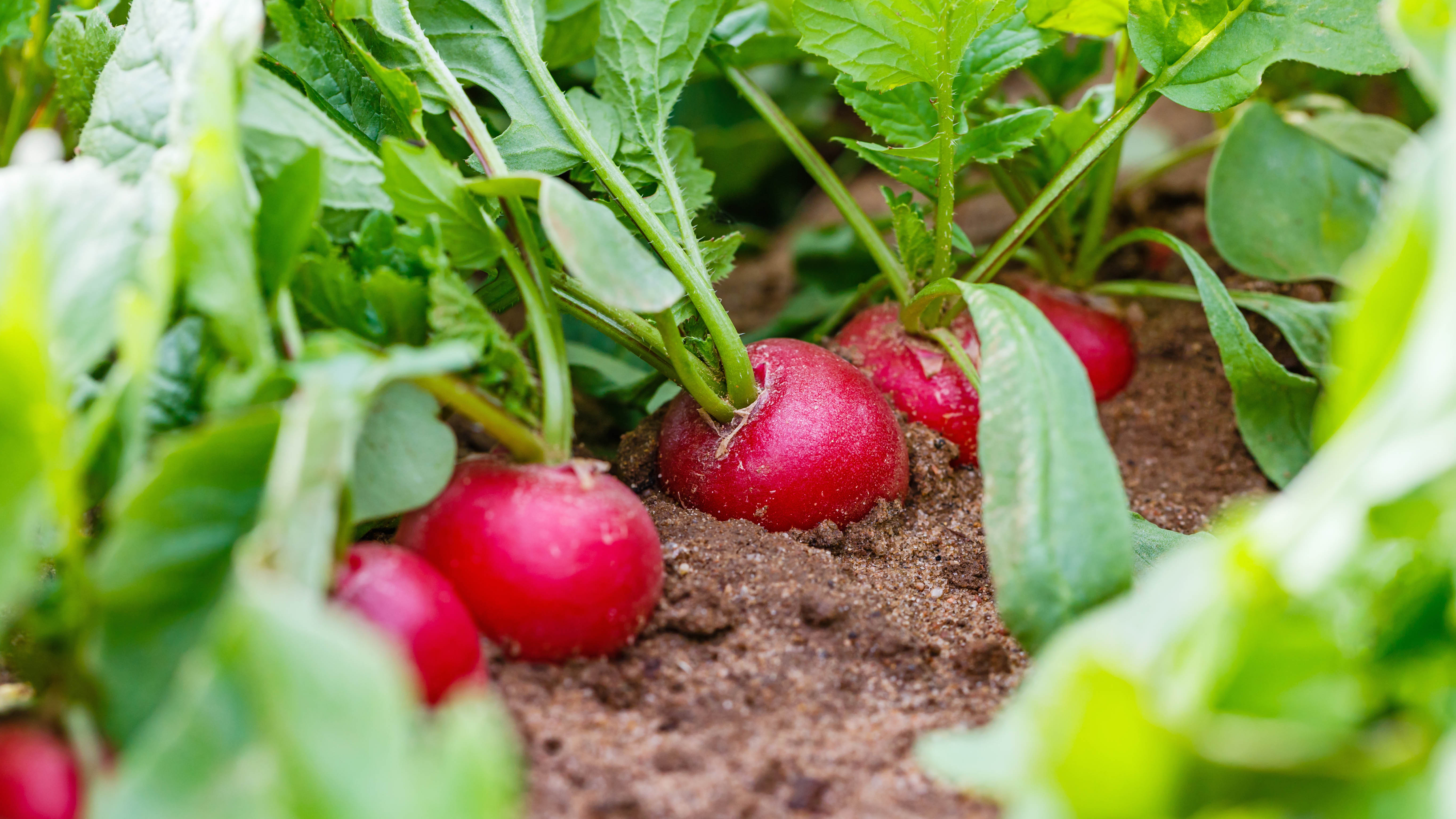
Small salad radishes don’t need much space so are the perfect vegetable for pots, especially if space is tight. They grow fast, so to avoid a glut, sow seeds in succession over several weeks. This way you’ll be able to harvest over several weeks too, which means you can enjoy adding them to tasty salads for more of the summer. Keep radish pots out of the harshest summer sun, but not in a totally shady spot.
6. Spring onions/ garlic/ onion
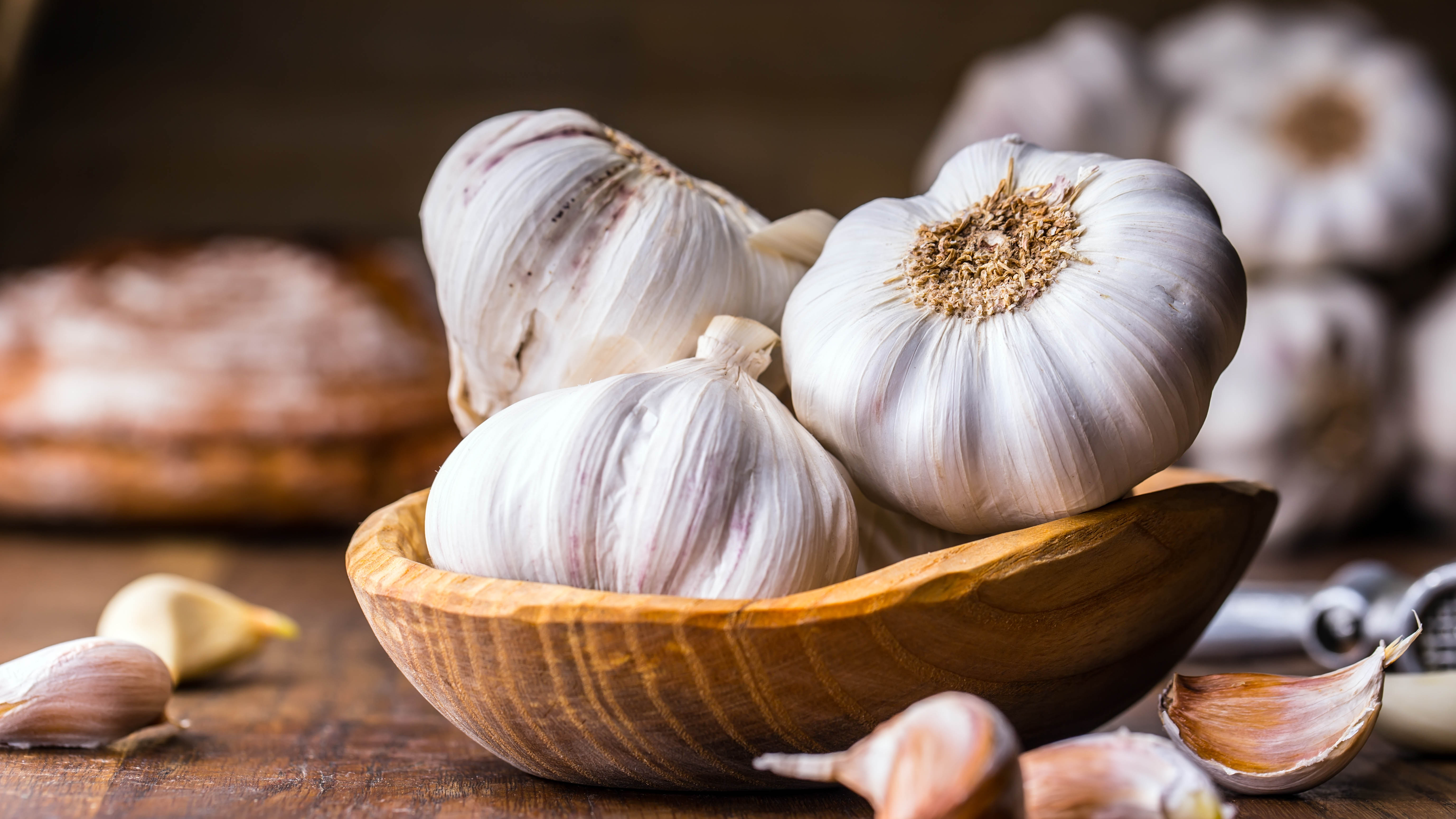
All of the onion and garlic family can be grown in pots or containers. The smaller the onion, the smaller the pot you can get away with. So if space is an issue, grow spring onions or garlic as they’ll work well in smaller pots. For large bulb onions, the container will need to be 10 inches deep with enough room for 3 inches of space around each onion.
Keep the soil moist and onions are pretty easy to grow, plus this versatile vegetable stores well, so you don’t need to eat them all immediately after harvesting.
If you want to learn more, check out how to grow garlic in 6 simple steps.
7. Carrots
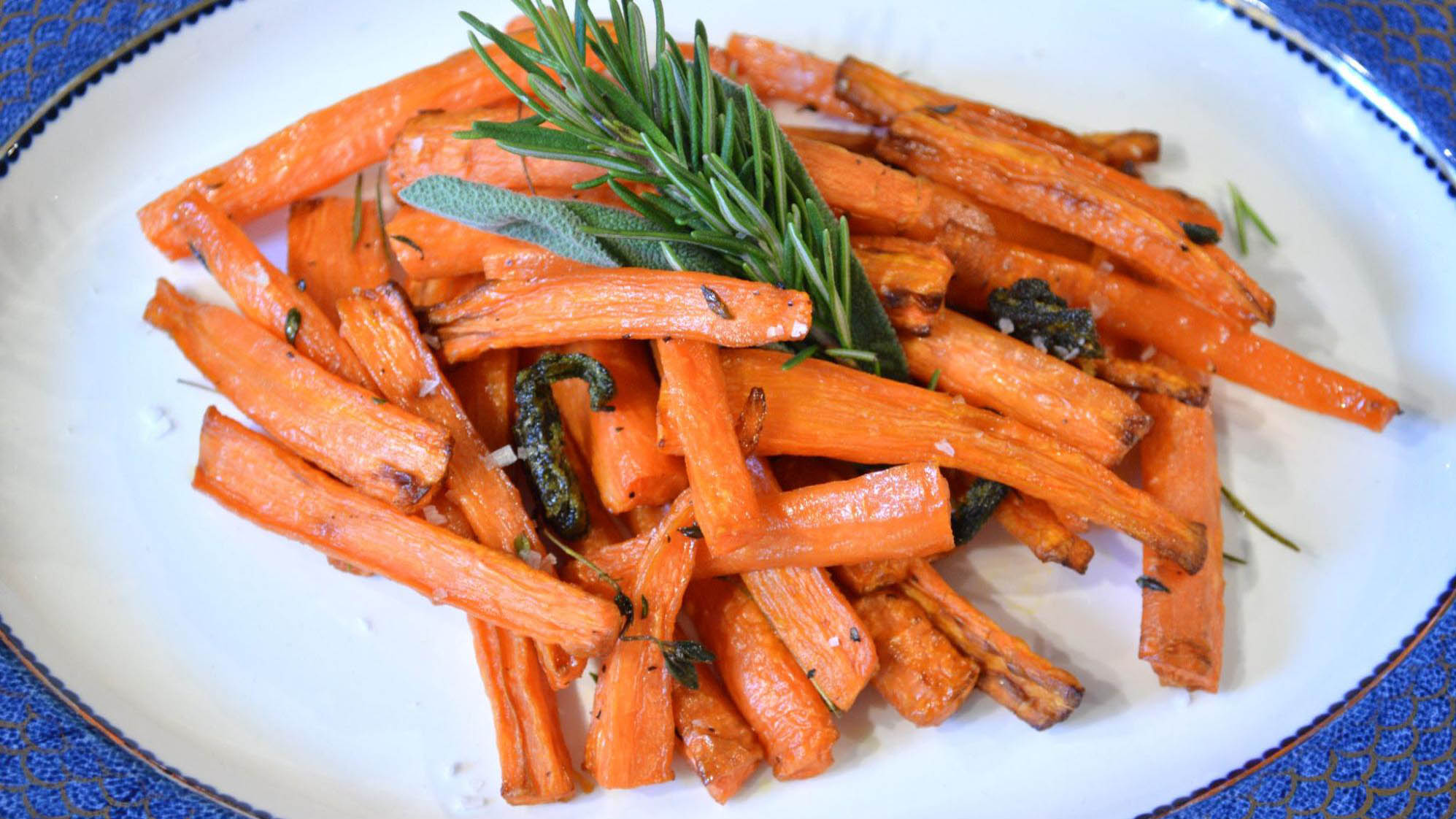
The trick to growing carrots in containers is choosing the right variety. Some naturally long carrots will of course need very deep containers. But if you choose one of the many shorter root varieties, you can still enjoy your own home grown carrots even if you don’t have space for larger, deeper pots.
Carrots like moist, well drained soil and like the radishes, if you sow seeds a few weeks apart, you’ll be able to harvest your crop over a longer time period, instead of getting a bumper crop all in one go.
8. Chard, kale and most leafy greens
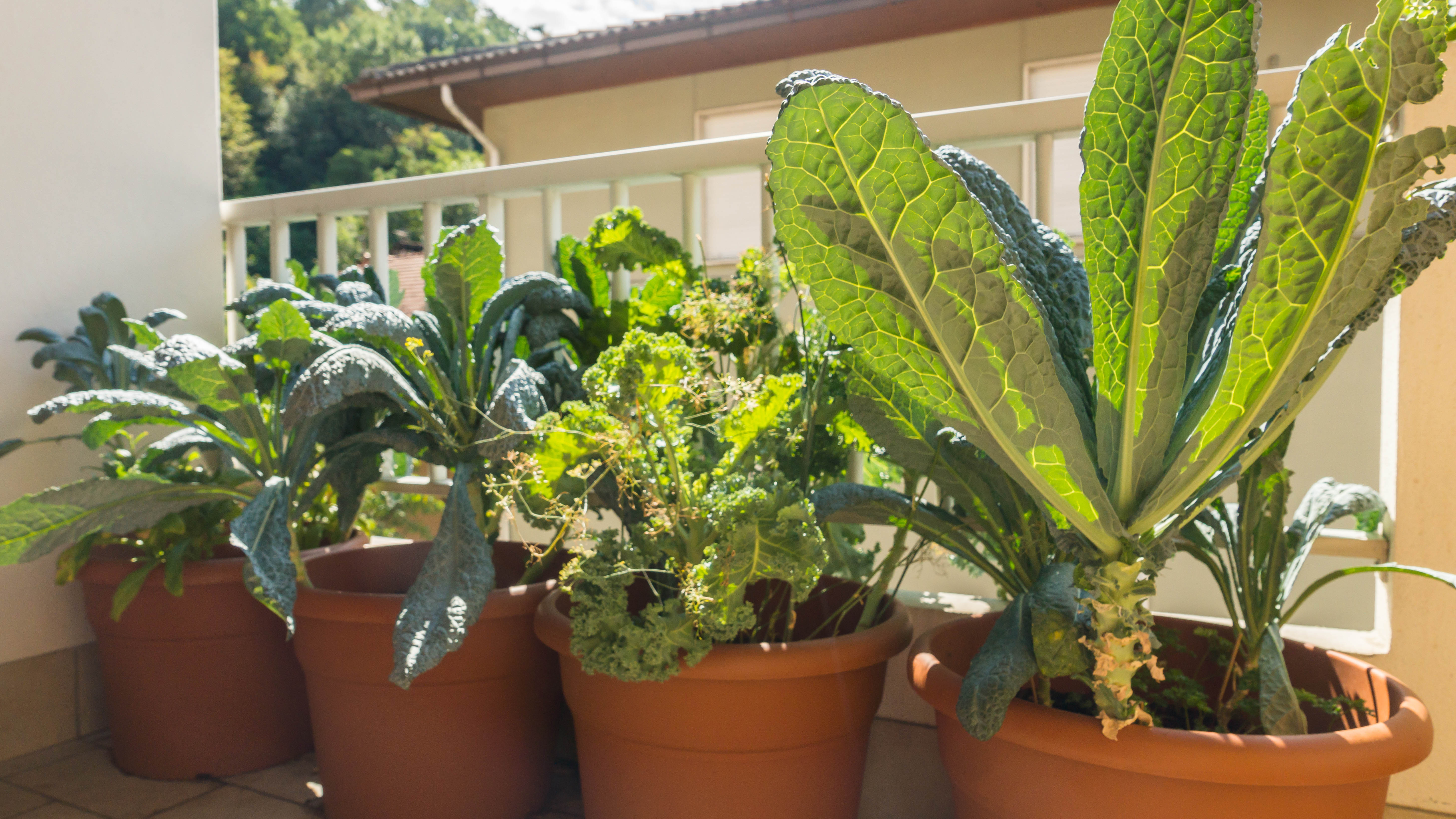
Swiss chard and kale are pretty resilient plants that are easy to grow and don't need a very deep pot. Plus, you don’t need to leave loads of space between each plant, allowing you to get the most out of smaller spaces like balconies or window boxes. Other leafy greens to grow in pots include spinach, watercress and radicchio. And while they’re not the prettiest food to grow, the health benefits of these leaves are numerous, so your body will thank you.
9. Peas
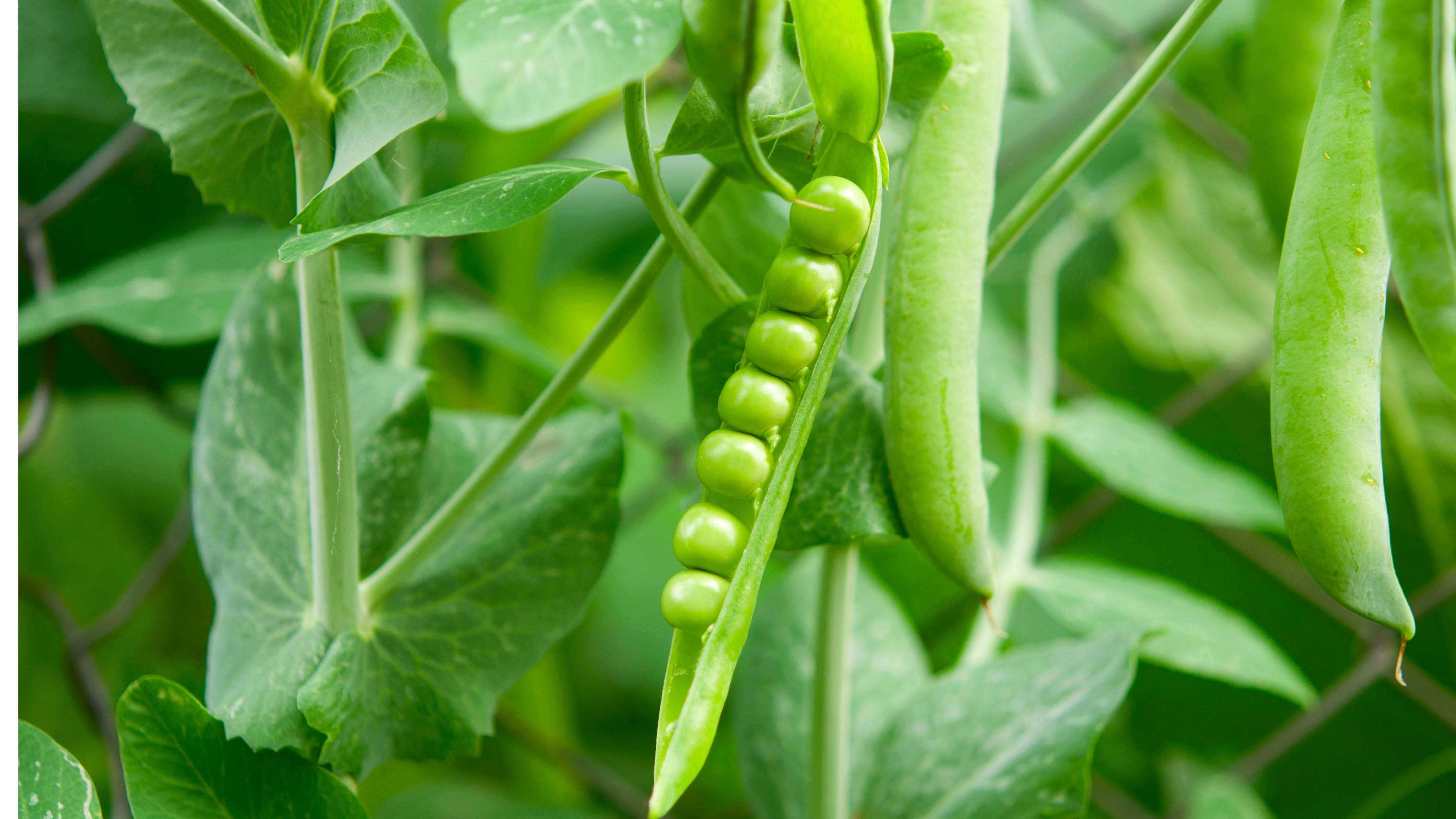
As a climbing plant, peas offer a great opportunity to add some vertical vibrant greenery and pretty flowers, to spaces like balconies where taller shrubs or trees are out of the question. They need a decent size pot as well as something that they can climb such as a climbing frame or trellis, but otherwise they’re easy to grow.
There are plenty of varieties to choose from including smaller dwarf varieties or those that don’t require shelling the peas from the pod, such as mange tout. Peas don’t like hot weather and grow best in springtime temperatures below 70F.
10. Potatoes
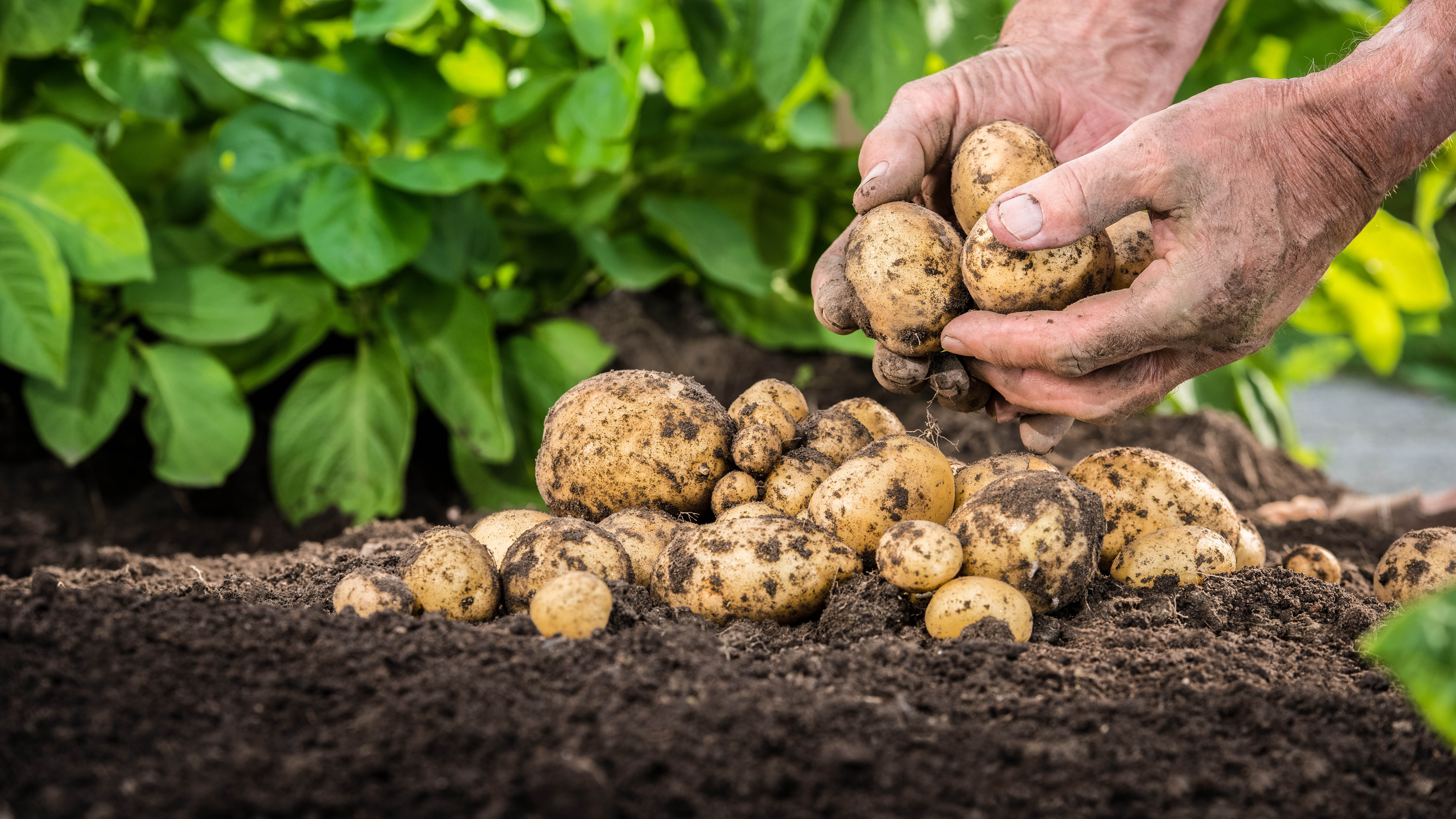
It’s not really worth growing a small crop of potatoes in a tiny pot. But if you’ve got space for a larger container, potatoes are an easy, low maintenance vegetable to grow. Although it’s important to keep topping up the compost as they grow, to protect the plant from frost and encourage more tubers to develop.
You might not know that potatoes produce a pretty flower right before they’re ready to harvest. During this time your container of potato plants will be a delightful decorative addition to your patio.
Other advantages to growing in pots
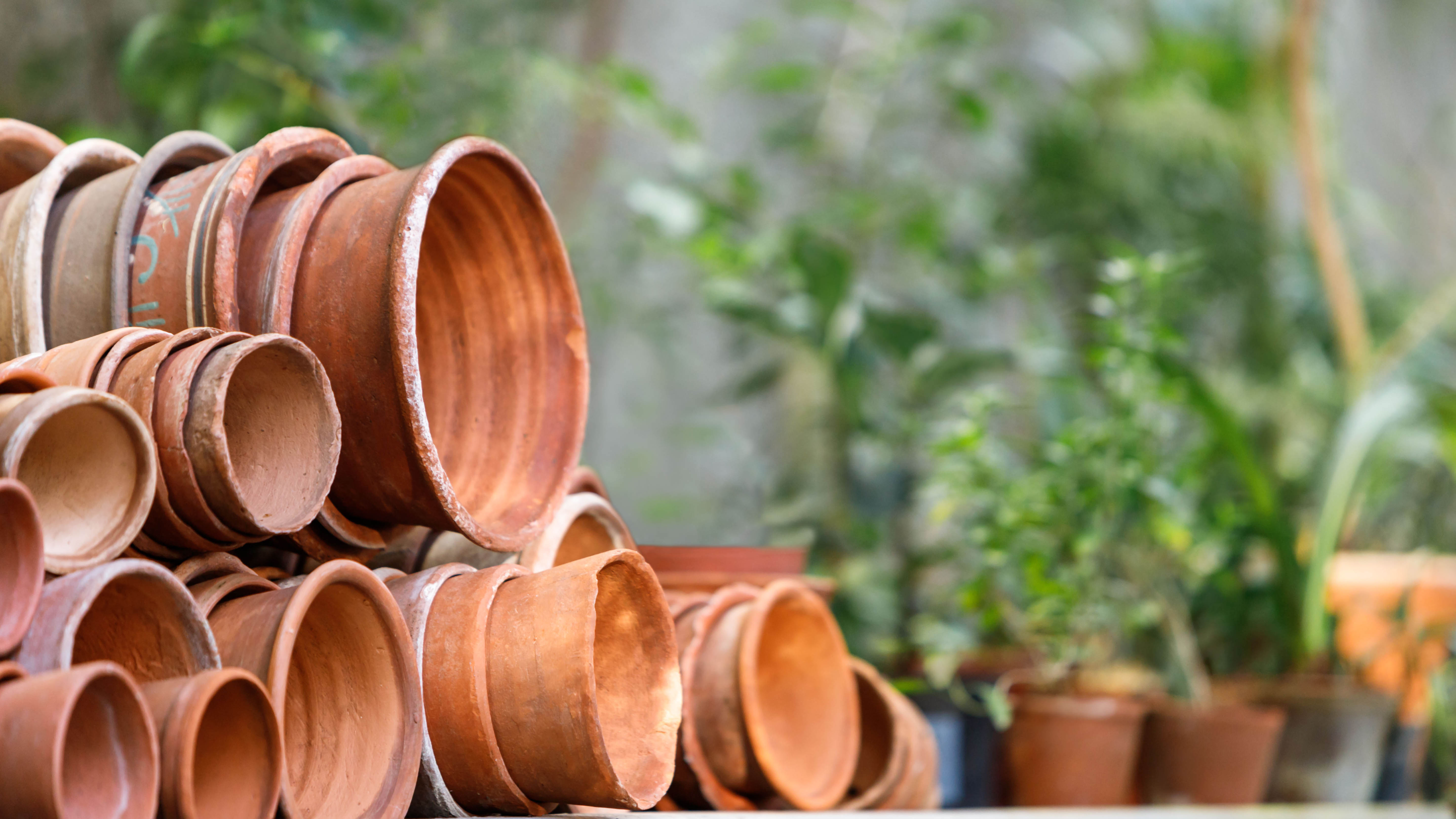
- If you live in an area where the weather is unpredictable, having your crop of fresh produce in pots will allow you to move them indoors if the weather takes a turn for the worst.
- The plants are easier to tend to and you can control the spread of more vigorous plants.
- Insects, pests and weeds are all less likely to invade your precious crops.
- If your soil is particularly poor, growing in pots and using the appropriate soils and fertilizers will yield much better results, so all your hard work will feel more rewarding.
- If you’re new to growing your own food, starting off in pots feels way less intimidating than digging a huge veggie patch.
More from Tom's Guide
Helen started reviewing home and kitchen appliances in 2007 at the Good Housekeeping Institute and has never looked back. She’s now freelance and reviews all sorts of appliances from her home in a pretty village in the UK. Despite having reviewed hundreds of coffee machines in her time, she’s only recently developed a love for coffee and a daily coffee habit, which makes tasting all those coffees much more enjoyable!

